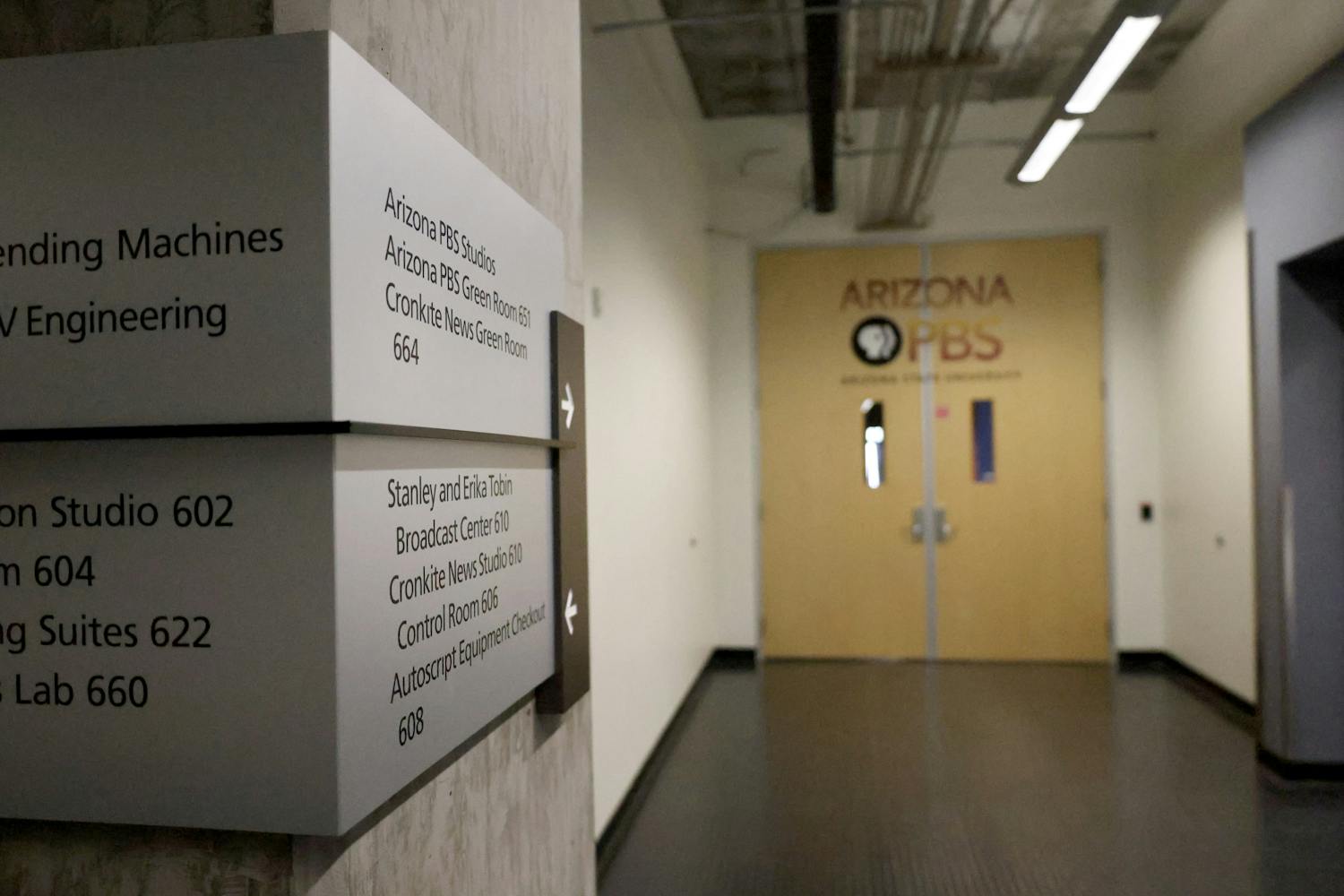After approving yet another substantial tuition increase at all three state universities Thursday, the Arizona Board of Regents wrapped up its monthly meeting Friday with discussion of how to move toward a performance-based state funding model.
The model, which includes several measures of performance, would stabilize state funding, creating a predictable tuition model.
Predictable tuition, in turn, would allow students and universities to make long-term plans without the fear of state funding dropping as dramatically as it has in the last few years.
This year alone, the state cut $198 million from the university system, bringing per student funding to levels approximately equal to those during the Great Depression.
“This is the big enchilada,” Regent Fred DuVal said about the new funding model. “What this is fundamentally about, is ‘how do we stop the freefall?’ There’s no other way to describe it.”
The new funding model would set a baseline at which the state would agree to fund the universities each year, and any additional funding would come from meeting specific performance goals.
A baseline has not yet been set and will require extensive work with the state Legislature to agree on an amount, but the hope is it will not decrease any further than this year, ABOR consultant Ted Ferris said.
“Any hope of getting growth above that baseline is going to come from performance,” he said. “There may be some adjustment to that base in the future, but we will mostly rely on performance from this point going forward.”
The performance portion of the model encompasses five components: increases in completed student credit hours, increases in degrees awarded, increases in research funding, success in meeting state’s economic development goals and success in accomplishing the above while maintaining and increasing quality.
The first two objectives would be weighted based on degree level as well as cost of the program being administered. Each credit hour or degree would be ranked as bachelor’s, master’s or doctoral and placed in one of three cost groups, with higher level and more costly programs being more heavily weighted.
The finer details of how to implement the model are yet to be determined.
“We’ve made great progress, but there’s a lot of work to be done,” Ferris said. “Hereafter is the really hard work, which is the implementation.”
DuVal remained optimistic that this next step toward an enterprise model can be achieved in the next year.
“Our success around the enterprise model so far has received national attention,” he said. “This is a big deal. This is really important. This is going to become the topic ‘A’ of next year.”
Regent Bob McLendon said the shift toward a performance-based funding model will help address the critical need to prioritize education.
“I don’t think there’s anyone that watched … our [tuition] deliberations yesterday that will say that we didn’t do our best, but we have our limitations, like revenue stream,” McLendon said. “I think the real test for Arizona is going to be to see if we can prioritize education. Until that point, I think we will continue to have problems and continue to struggle like we did yesterday.”
Reach the reporter at keshoult@asu.edu



